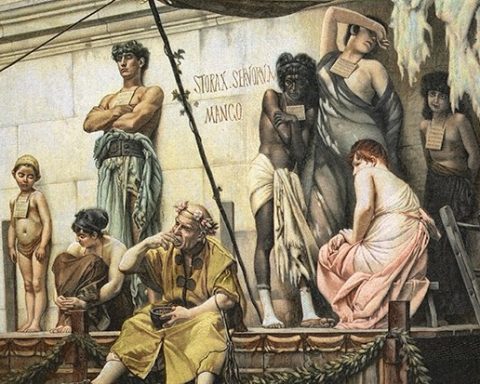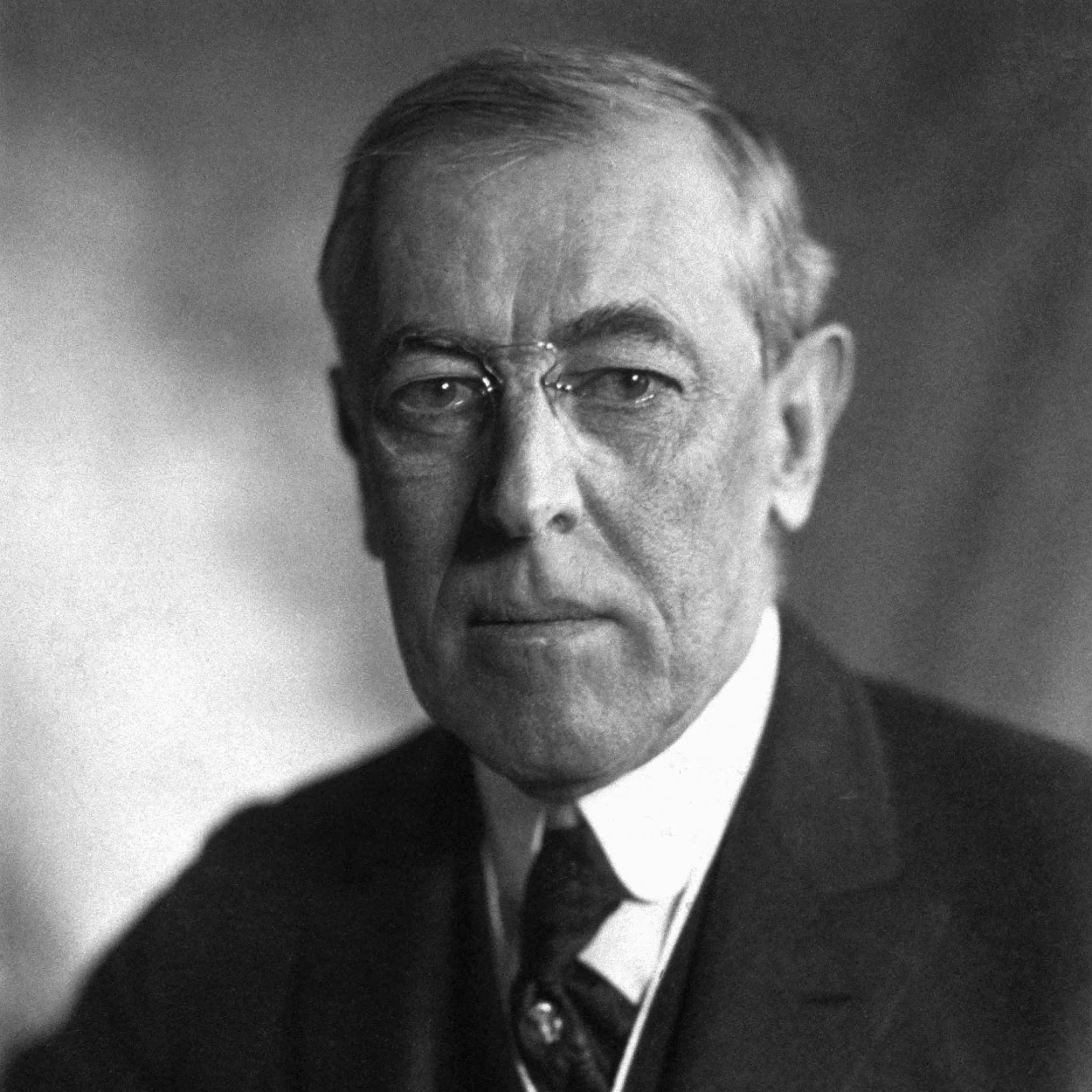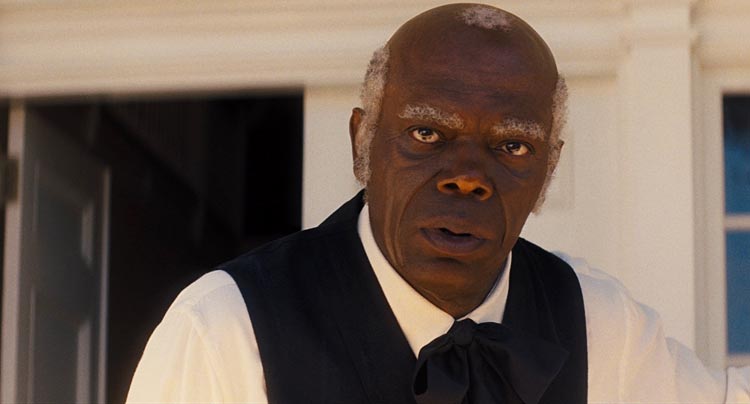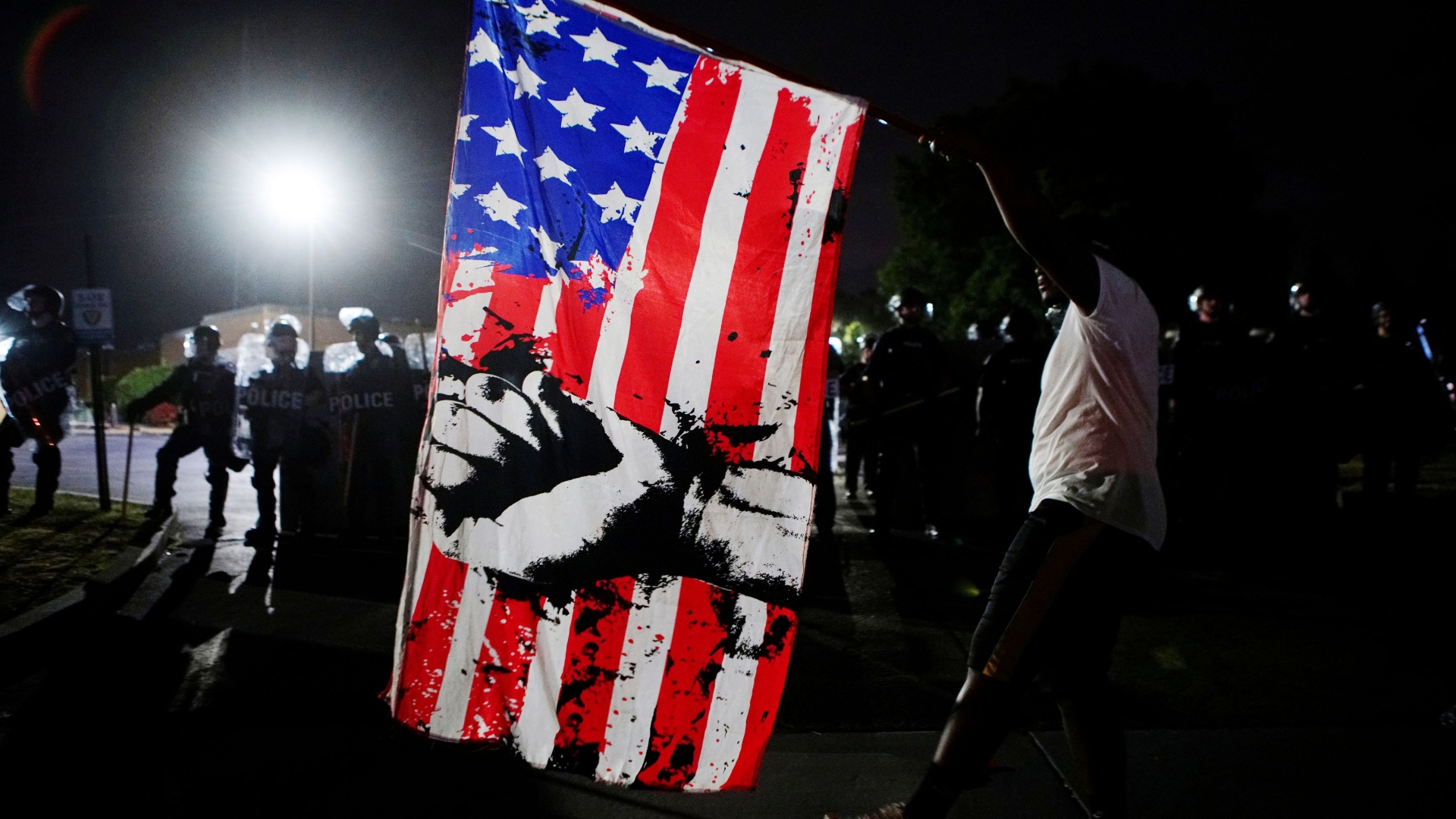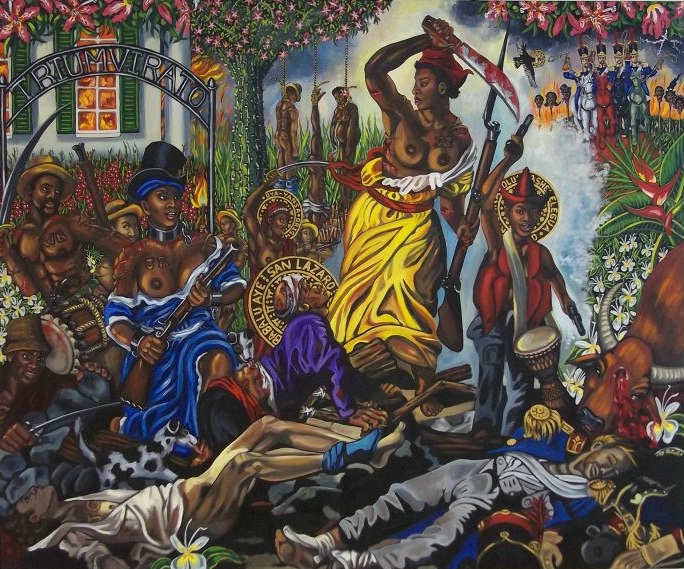
George Washington first came into possession of enslaved Africans at the first age of 11.
Washington and his wife Martha together owned about 200 enslaved Africans at the start of the Revolution.
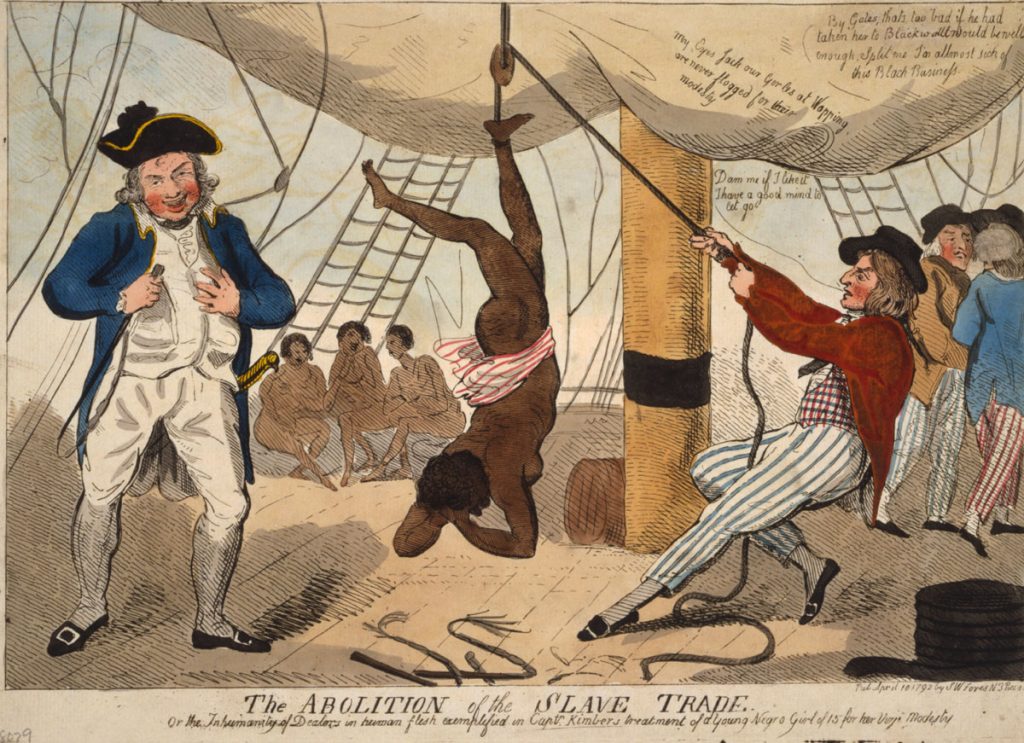
Washington had no tolerance for enslaved African uprisings against slavery.
In 1791 as president, he authorized emergency financial and military relief to French slave owners in Haiti to suppress Haitian Revolution.
1793: As president, Washington signed the Fugitive Slave Act. The law gave slaveholders the proper to recapture enslaved Africans even in “free states” that had abolished slavery.
Washington gave his overseers written authorization to whip those enslaved Africans he considered needing such “correction.”
On numerous occasions, enslaved men and ladies ran far away from the Washington household to realize their freedom.
Washington sent a “rogue and runaway” enslaved Africans to the West Indies to be sold for rum and molasses.

Henry Washington, an enslaved African held captive by Washington, escaped and have become a Black Loyalist during the American Revolutionary War, joining British.
At the time of Washington’s death, the Mount Vernon enslaved population consisted of 318 people.
George Washington left instructions in his will for the emancipation of his slaves upon the death of Martha Washington.

